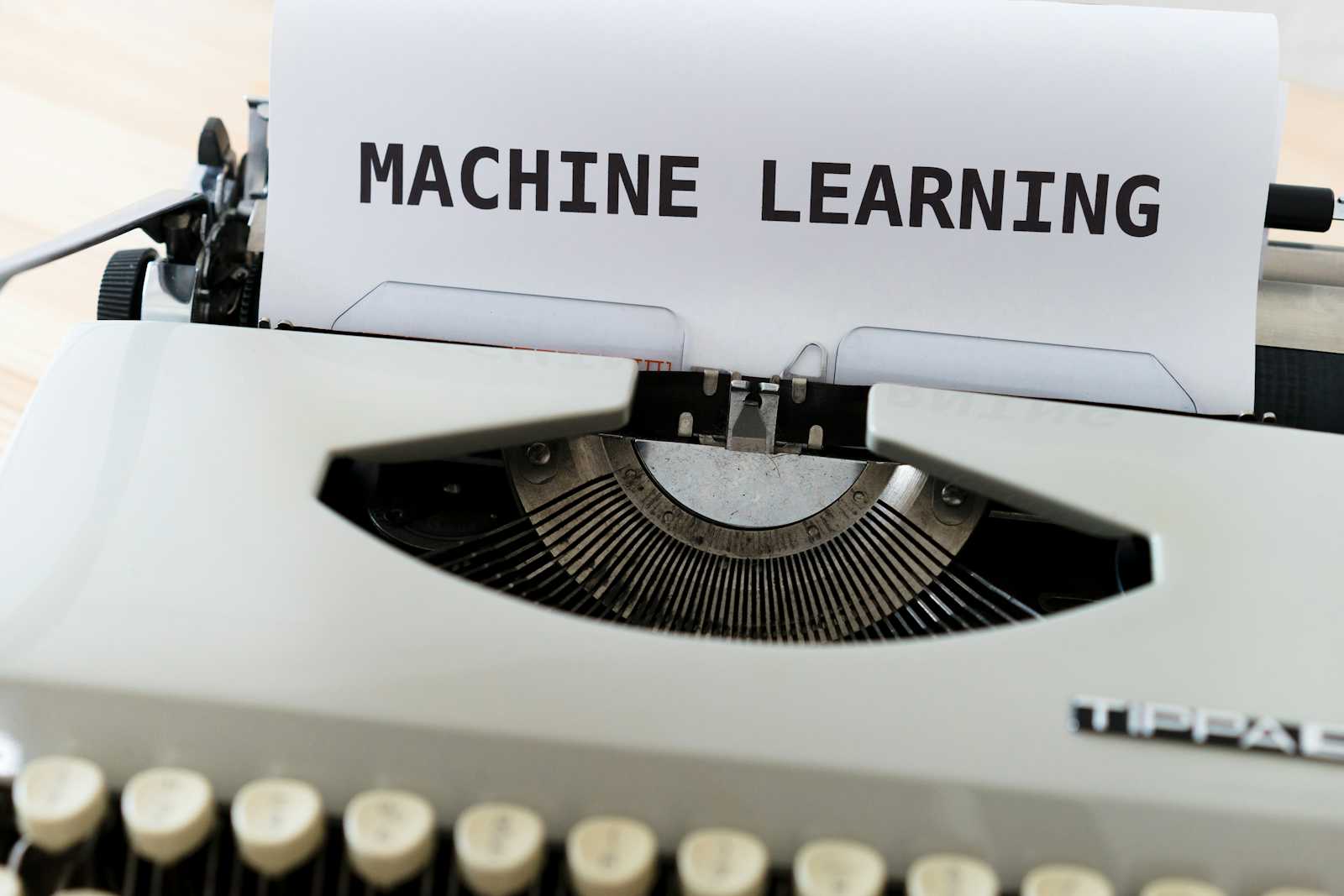What is Machine Learning? A Beginner-Friendly Guide with Simple Examples
 Rohit Ahire
Rohit Ahire
“Machine Learning is the science of getting computers to learn without being explicitly programmed.” – Arthur Samuel
Machine Learning (ML) is a branch of Artificial Intelligence that enables computers to learn from data and make predictions or decisions without being explicitly programmed. It powers technologies like recommendation systems, fraud detection, chatbots, and more.
In Simple Words
Imagine teaching a child to recognize apples and bananas. Instead of giving them a detailed rulebook, you show them 100 pictures of apples 🍎 and 100 of bananas 🍌. Over time, they learn to distinguish between the two just by seeing enough examples.
That’s exactly how Machine Learning works—you feed it data, and it learns patterns to make decisions on new, unseen data.
Why Do We Need Machine Learning?
Traditional programming relies on clear rules and logic. But what if the rules are too complex or unknown? That’s where ML shines:
Too many rules? Let the machine figure them out.
Too much data? ML thrives on it.
Need predictions? ML can forecast based on patterns.
Real-Life Applications of ML
| Domain | Use case |
| 🎬 Entertainment | Netflix recommending shows you like |
| 🛍️ E-Commerce | Amazon showing “people also bought” products |
| 💳 Finance | Detecting fraud based on transactions patterns |
| 📷 Photos | Face recognition in your smartphone gallery |
Types of Machine Learning
Machine Learning is mainly divided into three types based on how the model learns from data:
1. Supervised Learning
In supervised learning, the algorithm learns from a labeled dataset—meaning, every input data point has a corresponding correct output. The model tries to map inputs to correct outputs.
Think of it like learning with a teacher.
Example: Predicting Salary Based on Experience
from sklearn.linear_model import LinearRegression
# Training Data
experience = [[1], [2], [3], [4], [5]] # in years
salary = [30000, 35000, 40000, 45000, 50000] # in dollars
# Create and train the model
model = LinearRegression()
model.fit(experience, salary)
# Predict salary for 6 years of experience
predicted = model.predict([[6]])
print(f"Predicted Salary for 6 years experience: ${predicted[0]:.2f}")
Output:
Predicted Salary for 6 years experience: $55000.00
Explanation:
The model finds a linear relationship between experience and salary.
fit()trains the model on the data.predict()gives us the expected salary for 6 years of experience.
2. Unsupervised Learning
Here, the model works with unlabeled data and tries to discover patterns or groupings on its own.
It’s like learning without a teacher—figuring things out on your own.
Example: Grouping Customers Based on Spending
from sklearn.cluster import KMeans
# Customer data: [Annual Income, Spending Score]
data = [
[25, 80], [22, 85], [35, 18], [40, 15],
[60, 60], [65, 62], [30, 70], [32, 78]
]
# Apply KMeans clustering
kmeans = KMeans(n_clusters=2, random_state=0)
kmeans.fit(data)
labels = kmeans.labels_
# Print cluster labels
print("Customer group labels:", labels)
Output:
Customer group labels: [1 1 0 0 0 0 1 1]
Explanation:
The data has no labels — we don't know what kind of customers they are.
KMeans clusters the customers into 2 groups based on similar behavior.
labelsshow the group (0 or 1) each customer belongs to.
3. Reinforcement Learning
In this type, an agent learns to make decisions by interacting with an environment. It gets rewards or penalties and learns the best strategy over time.
Think of it like a dog being trained with treats 🦴 and scolding 😅
Example: A Toy Grid Game (Simplified)
# A simple agent that learns to move right for reward
position = 0
goal = 5
reward = 0
while position < goal:
print(f"Agent at position {position}")
position += 1
reward += 10 # Reward for moving right
print(f"Reached goal! Total Reward: {reward}")
Output:
Agent at position 0
Agent at position 1
Agent at position 2
Agent at position 3
Agent at position 4
Reached goal! Total Reward: 50
Explanation:
This is a toy example of how an agent can “learn” that moving right leads to a reward.
In real RL, the agent tries different actions and gradually learns what gives maximum reward (e.g., training a robot or playing chess).
What’s Next?
Now that you’ve got a solid foundation in machine learning, it’s time to level up! In the next blog, we’ll dive deeper into core ML and AI concepts, breaking them down with easy-to-follow examples and hands-on practice. Whether it’s building your first model or understanding neural networks, we’ll guide you step-by-step. Get ready to learn by doing!
Subscribe to my newsletter
Read articles from Rohit Ahire directly inside your inbox. Subscribe to the newsletter, and don't miss out.
Written by
